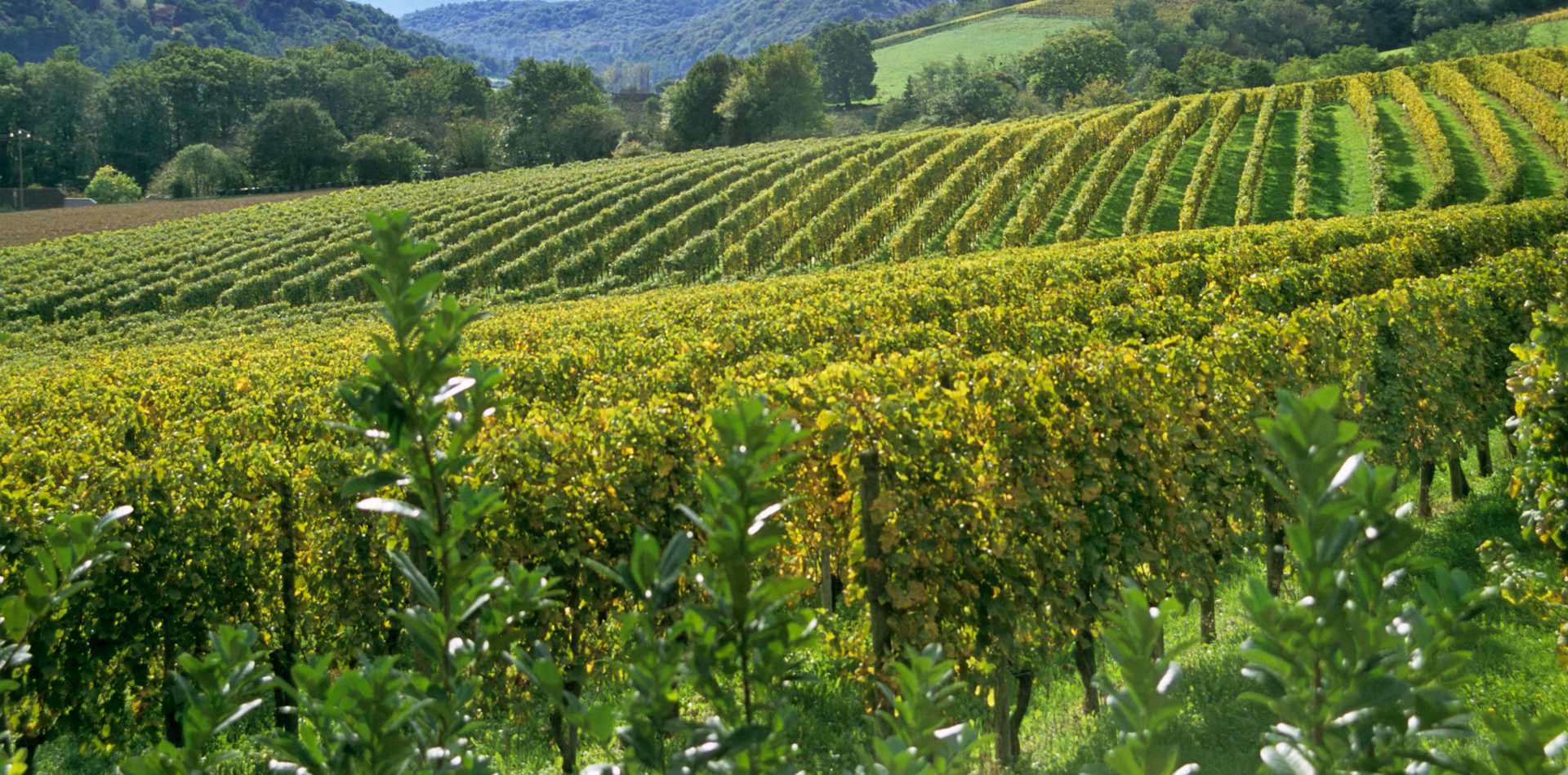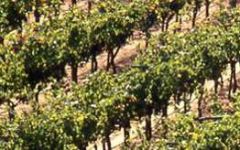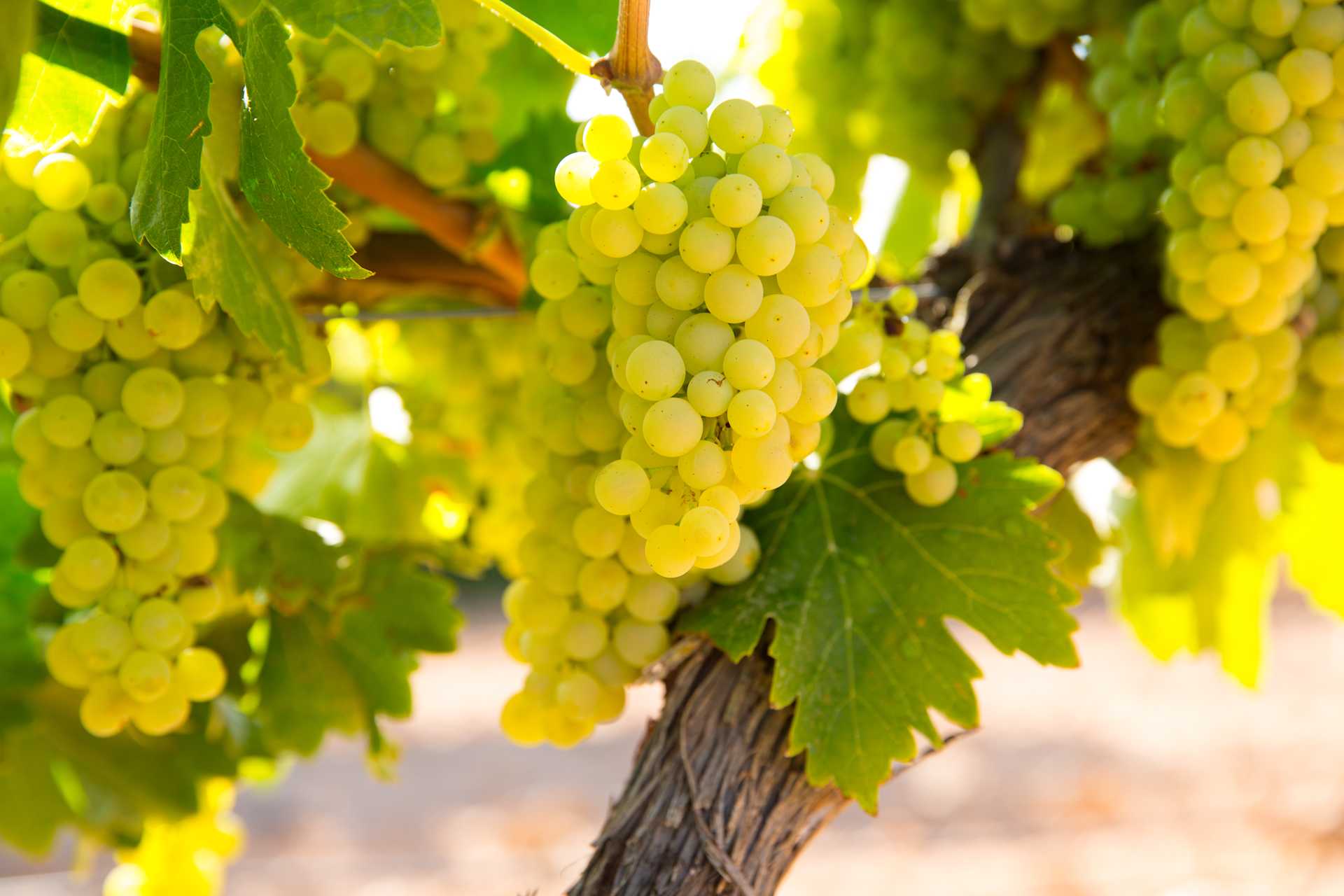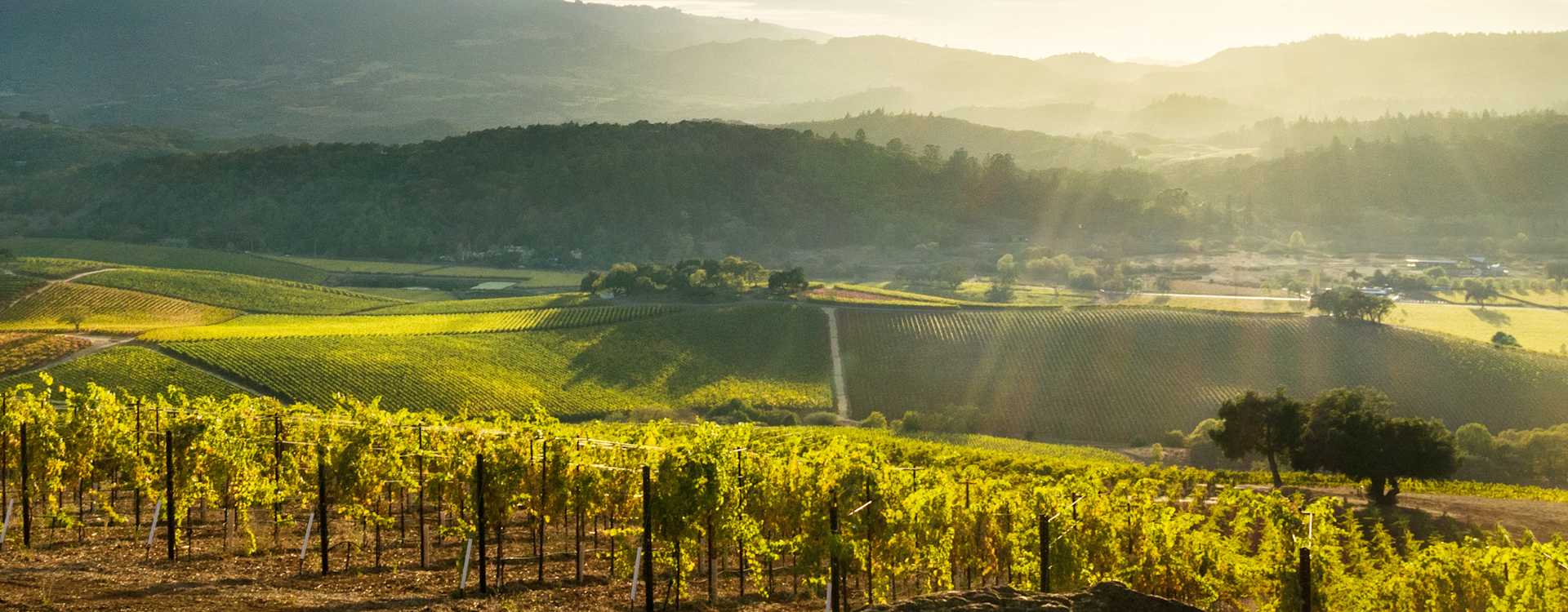David Arthur Chardonnay 2017
-
Jeb
Dunnuck -
Wine
Spectator



Product Details
Your Rating
Somm Note
Winemaker Notes
Professional Ratings
-
Jeb Dunnuck
Brought up in 30-40% new French oak, the 2017 Chardonnay has a ripe bouquet of lemon curd, citrus, and white flowers. It’s medium-bodied, layered and nicely textured, and while it leans towards the riper end of the spectrum, is beautifully balanced.
Range:91-93 -
Wine Spectator
The 2017 Chardonnay reveals scents of ripe Bosc pears, peach preserves and honey-drizzled apricots with hints of buttered popcorn, allspice and fennel seed. The medium-bodied palate is delicately played and wonderfully savory with lovely texture and a spicy finish.
Other Vintages
2021-
James
Suckling
-
James
Suckling
-
James
Suckling -
Jeb
Dunnuck -
Robert
Parker
-
Robert
Parker -
Jeb
Dunnuck
-
James
Suckling
-
Wine
Spectator



One of the most popular and versatile white wine grapes, Chardonnay offers a wide range of flavors and styles depending on where it is grown and how it is made. While it tends to flourish in most environments, Chardonnay from its Burgundian homeland produces some of the most remarkable and longest lived examples. California produces both oaky, buttery styles and leaner, European-inspired wines. Somm Secret—The Burgundian subregion of Chablis, while typically using older oak barrels, produces a bright style similar to the unoaked style. Anyone who doesn't like oaky Chardonnay would likely enjoy Chablis.

One of the world's most highly regarded regions for wine production as well as tourism, the Napa Valley was responsible for bringing worldwide recognition to California winemaking. In the 1960s, a few key wine families settled the area and hedged their bets on the valley's world-class winemaking potential—and they were right.
The Napa wine industry really took off in the 1980s, when producers scooped up vineyard lands and planted vines throughout the county. A number of wineries emerged, and today Napa is home to hundreds of producers ranging from boutique to corporate. Cabernet Sauvignon is definitely the grape of choice here, with many winemakers also focusing on Bordeaux blends. White wines from Napa Valley are usually Chardonnay and Sauvignon Blanc.
Within the Napa Valley lie many smaller sub-AVAs that claim specific wine characteristics based on situation, slope and soil. Farthest south and coolest from the influence of the San Pablo Bay is Carneros, followed by Coombsville to its northeast and then Yountville, Oakville and Rutherford. Above those are the warm St. Helena and the valley's newest and hottest AVA, Calistoga. These areas follow the valley floor and are known generally for creating rich, dense, complex and smooth red wines with good aging potential. The mountain sub appellations, nestled on the slopes overlooking the valley AVAs, include Stags Leap District, Atlas Peak, Chiles Valley (farther east), Howell Mountain, Mt. Veeder, Spring Mountain District and Diamond Mountain District. Napa Valley wines from the mountain regions are often more structured and firm, benefiting from a lot of time in the bottle to evolve and soften.
